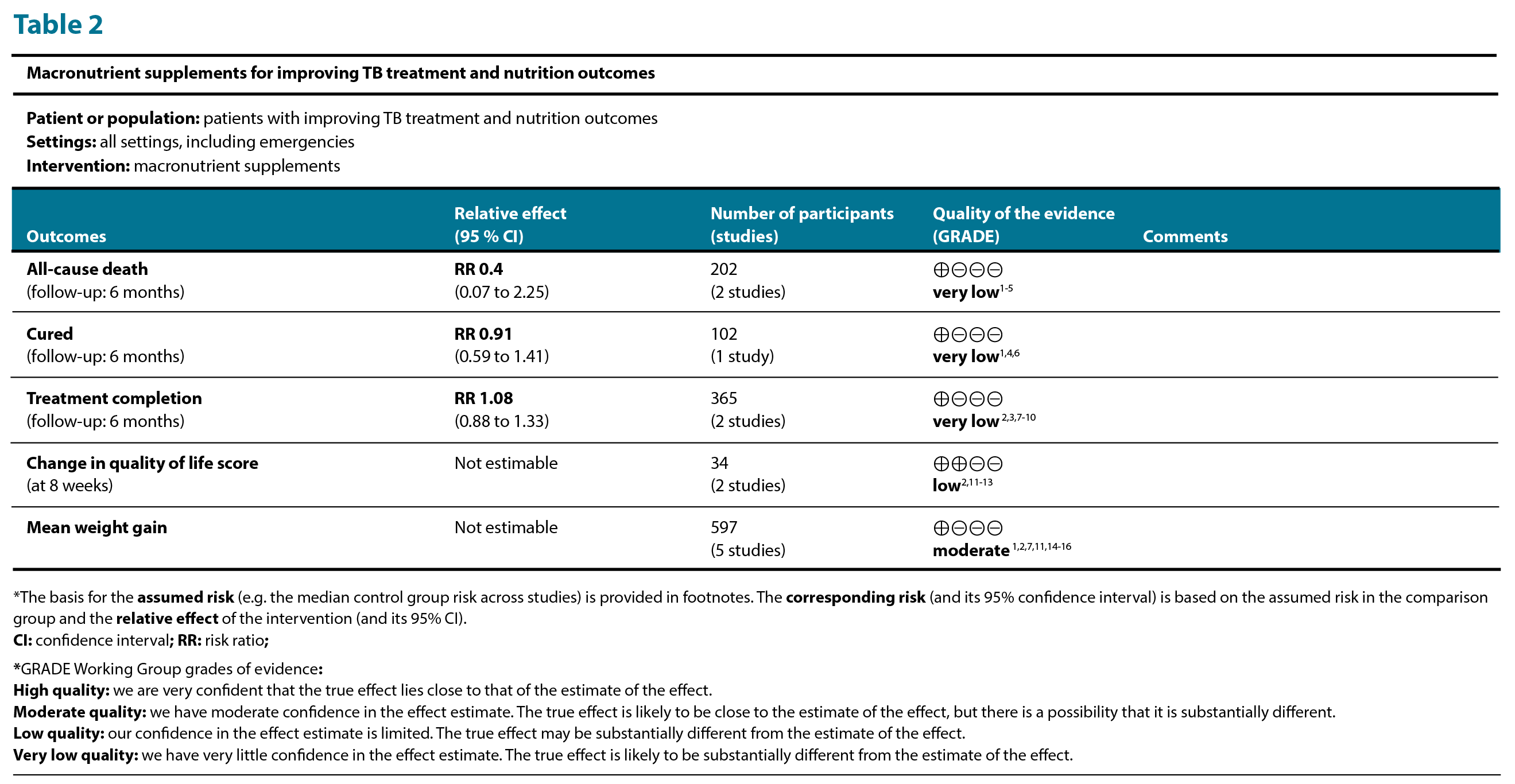Consolidated Guidelines
Acknowledgements
The recommendations and the text of the WHO consolidated guidelines on tuberculosis. Module 1: Prevention – tuberculosis preventive treatment, second edition are the result of collaboration among professionals in various specialties with extensive expertise and experience in public health policy, tuberculosis (TB) programme management and the clinical care of TB patients. The recommendations in these guidelines were developed by successive guideline development groups (GDGs) convened by WHO, the latest of which met in December 2023.
Executive summary
Tuberculosis infection (TBI) is defined as a state of persistent immune response to stimulation by M. tuberculosis antigens with no evidence of clinically manifest TB disease. It is estimated that about one fourth of the world’s population has been infected with TB. TB preventive treatment (TPT) is one of the key interventions recommended by WHO to achieve the End TB Strategy targets, as upheld by the United Nations High-level Meeting on TB in September 2023.
4. Target readership
The second edition of the WHO guidelines on TPT provides a comprehensive set of recommendations for PMTPT for implementers of the WHO End TB Strategy and also for countries working towards TB elimination (8,9). The guidelines are to be used primarily in national TB and HIV and maternal and child health programmes or their equivalents in ministries of health and by other policy-makers working on TB, HIV, infectious diseases and maternal and child health.
Acknowledgements
The production of the WHO consolidated guidelines on tuberculosis. Module 2: screening was coordinated and written by Cecily Miller, with support from Annabel Baddeley, Dennis Falzon and Matteo Zignol, under the overall direction of Tereza Kasaeva, Director of the World Health Organization (WHO) Global Tuberculosis Programme. The WHO Global Tuberculosis Programme gratefully acknowledges the contribution of all experts involved in producing these guidelines¹.
5. Key principles
The Nutrition Guidance Advisory Group agreed on five key guiding principles¹ that should be considered together with the evidence-informed recommendations. The principles are intended to inform and assist national technical groups, international and regional partners providing TB care, TB treatment services, and/or maternal and child health services in countries affected by TB, in formulating national or subnational nutritional recommendations.
3. Guideline development process
This guideline was developed in accordance with the WHO evidence-informed guideline development procedures, as outlined in the WHO handbook for guideline development (1).
Advisory groups
Executive summary
Purpose of the guideline¹
3. Scope of the current update
The WHO consolidated guidelines on tuberculosis: tuberculosis preventive treatment include recommendations for the four milestones in the cascade of preventive care, namely identification of risk groups, TB screening and ruling out TB, testing for TBI, and choice and administration of the TPT regimen. The second edition of the TPT guidelines will have the same scope.
Pagination
- Previous page
- Page 26
- Next page

 Feedback
Feedback

